Home>Garden Essentials>How To Maintain Optimal Grass Length And When To Cut It
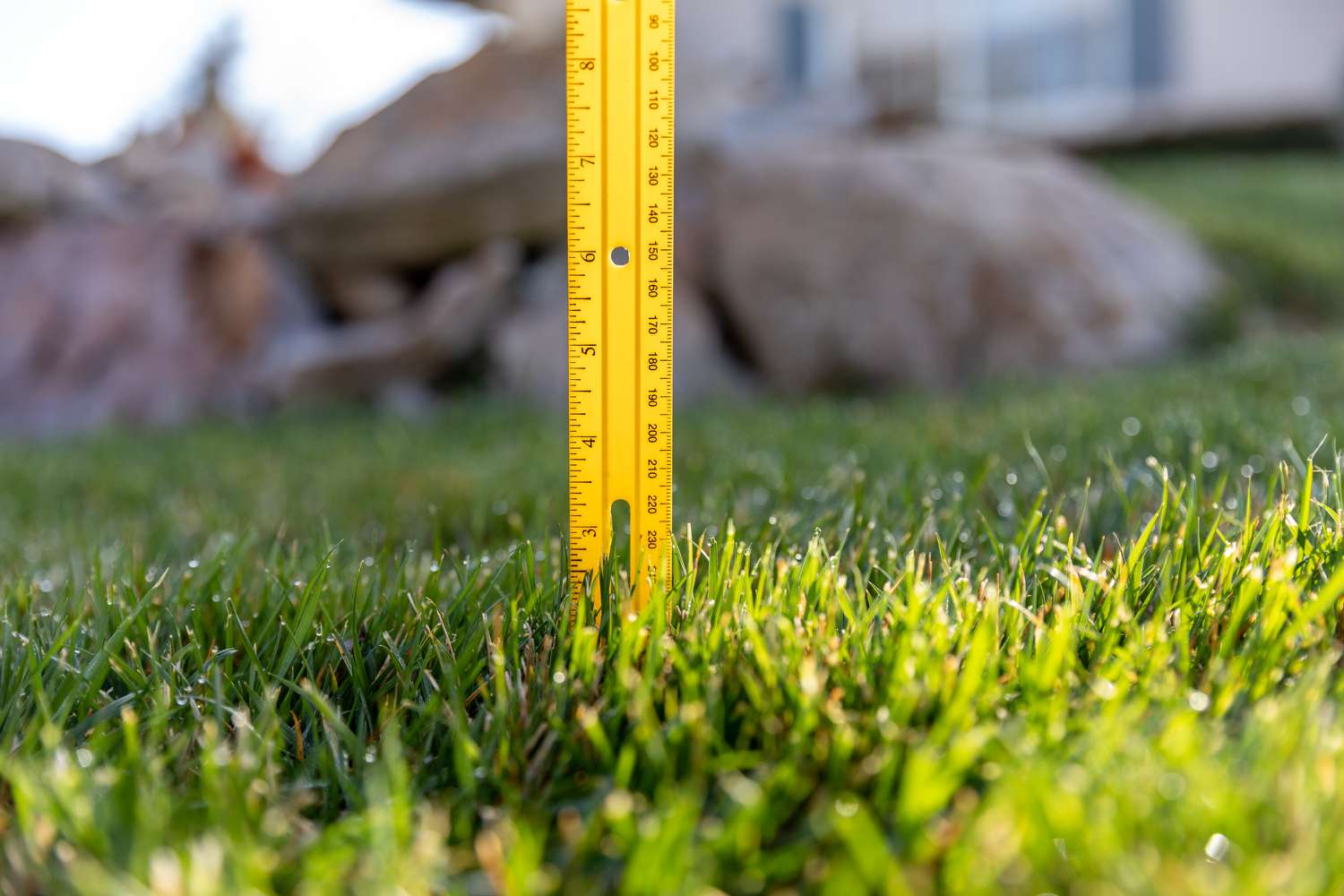

Garden Essentials
How To Maintain Optimal Grass Length And When To Cut It
Modified: October 20, 2024
Discover the optimal grass length for a beautiful garden with The Lawn Care Nut. Learn how to cut your grass to achieve a stunning garden look.
(Many of the links in this article redirect to a specific reviewed product. Your purchase of these products through affiliate links helps to generate commission for Storables.com, at no extra cost. Learn more)
Introduction
Having a lush, well-maintained lawn is the dream of every homeowner. A beautiful lawn creates a welcoming atmosphere, enhances the aesthetic appeal of your property, and provides a space for relaxation and recreational activities. But achieving and maintaining a healthy lawn requires more than just regular watering and fertilizing. One crucial aspect of lawn care that often gets overlooked is the length at which you cut your grass.
Believe it or not, the length at which you mow your grass can significantly impact its overall health, appearance, and resilience. Cutting your grass at the right length is essential for encouraging healthy growth, preventing weed infestations, and ensuring proper nutrient absorption. In this article, we will explore why grass length matters and provide valuable tips on maintaining the optimal grass length for a vibrant and thriving lawn.
Sunflowers symbolize adoration, loyalty, and longevity. Much of the meaning of sunflowers stems from its namesake, the sun itself. These flowers are unique in that they have the ability to provide energy in the form of nourishment and vibrancy—attributes which mirror the sun and the energy provided by its heat and light. Sunflowers are known for being “happy” flowers, making them the perfect gift to bring joy to someone’s day.
When it comes to lawn care, it is important to understand that not all turf grasses are created equal. Different grass species have specific growth habits and environmental requirements. Some grasses thrive when kept short, while others perform better when allowed to grow longer. The ideal grass length can vary depending on factors such as climate, grass type, soil conditions, and how the lawn is used. Therefore, it is crucial to consider these factors when determining the appropriate length to cut your grass.
Cutting your grass at the right length has numerous benefits. Firstly, it promotes a stronger root system, which helps the grass withstand stress, diseases, and weed invasions. Additionally, maintaining the proper grass length enhances the overall health of the lawn, leading to a denser and more resilient turf. A well-maintained lawn is better able to absorb and retain water, reducing runoff and supporting environmental sustainability. Moreover, cutting your grass at the correct height improves the aesthetic appearance of your lawn, giving it a uniform and well-manicured look.
On the other hand, cutting your grass too short or letting it grow too long can have detrimental effects on your lawn. When grass is cut too short, it weakens the root system and exposes the soil to increased weed growth. Resulting in patchy and thin turf that is vulnerable to pest infestations and diseases. On the contrary, allowing the grass to grow too long can create a shaggy and unkempt appearance, obstruct sunlight from reaching the lower grass blades and promote moisture retention, leading to fungal diseases.
Now that you understand the importance of grass length and its impact on the health and appearance of your lawn, let’s delve into how to determine the ideal grass length and the best practices for cutting and maintaining it.
Key Takeaways:
- Cutting your grass at the right length promotes a healthier, more resilient lawn, preventing weed growth and enhancing its visual appeal. Consider factors like grass species, climate, and soil conditions to determine the ideal grass length.
- Avoid cutting your grass too short or letting it grow too long, as it can weaken the root system, promote weed growth, and impact the overall appearance of your lawn. Follow proper mowing practices and maintain a regular lawn care routine for a vibrant and healthy lawn.
Read more: What Length To Cut Grass In Fall
Why grass length matters
Grass length plays a crucial role in the overall health and appearance of your lawn. A proper grass length allows for optimal photosynthesis, nutrient absorption, and root development, all of which are vital for a lush and thriving turf. Let’s explore the reasons why grass length matters:
1. Photosynthesis: Grass blades are the primary source of energy for your lawn. Through the process of photosynthesis, grass blades convert sunlight into carbohydrates, which are then used to fuel growth and nourish the root system. When grass is cut too short, there is a reduction in leaf surface area, resulting in decreased photosynthesis and a weakened lawn.
2. Root development: The length at which you cut your grass affects the depth and growth of the root system. Longer grass allows for longer and more robust roots, which delve deeper into the soil, providing better anchorage and access to water and nutrients. This strengthens the overall structure of the lawn and enhances its ability to resist drought, disease, and other environmental stresses.
3. Weed prevention: Maintaining the proper grass length can help prevent weed growth. When grass is cut at the right height, it provides dense coverage that shades the soil and inhibits weed seed germination. Additionally, longer grass varieties tend to choke out weeds by outcompeting them for resources such as sunlight, water, and nutrients.
4. Disease resistance: Cutting your grass at the appropriate length promotes good air circulation and reduces moisture retention on the leaf blades. This helps to prevent the development of fungal diseases, which thrive in damp conditions. Properly maintained grass length also allows for more effective application of fungicides, should the need arise.
5. Aesthetic appeal: The length at which you cut your grass can significantly impact the visual appeal of your lawn. Mowing grass to a uniform height gives it a well-manicured and professional look, enhancing the overall curb appeal of your property.
6. Environmental sustainability: Maintaining the right grass length can contribute to environmental sustainability. Longer grass acts as a natural barrier against soil erosion, reduces runoff, and helps to capture and retain water in the soil. This reduces the need for excessive watering and promotes water conservation.
By understanding why grass length matters, you can make informed decisions about how to best care for your lawn. In the next section, we will explore the factors you should consider when determining the ideal grass length for your specific lawn.
Factors to consider when choosing grass length
When it comes to determining the ideal grass length for your lawn, there are several factors that you should take into consideration. These factors will help you determine the appropriate mowing height that will promote healthy growth and overall lawn vitality. Here are the key factors to consider:
1. Grass species: Different grass species have distinct growth habits and optimum height ranges for mowing. For example, cool-season grasses like Kentucky bluegrass and fescue are usually mowed at taller heights, while warm-season grasses like Bermuda grass and Zoysia grass can be mowed shorter. It is essential to identify the grass species in your lawn and research their recommended mowing heights.
2. Climate and season: The climate in your region and the season of the year can affect grass growth and overall lawn health. In cooler climates, it is generally recommended to keep the grass slightly longer to maintain its resilience during extreme temperature fluctuations. In warmer climates, shorter mowing heights may be required to ensure proper air circulation and prevent disease development.
3. Lawn usage: How you use your lawn will also influence the ideal grass length. If you have a lawn primarily for decorative purposes, a shorter mowing height may be more desirable to achieve a manicured appearance. However, if your lawn is heavily used for activities such as sports or children’s play, keeping the grass longer can provide better cushioning and withstand wear and tear.
4. Soil conditions: The type and condition of your soil can impact grass growth and health. Sandy soils drain more quickly, so maintaining slightly longer grass can help retain moisture and prevent drying out. Clay soils retain more moisture and may require shorter grass lengths to prevent waterlogged conditions and potential fungal diseases.
5. Mower type and condition: The type and condition of your lawn mower can also affect how short or long you can mow your grass. Different mower models have specific height adjustments, so ensure your mower is capable of cutting at your desired grass length. Additionally, regularly maintaining and sharpening your mower blades will ensure clean cuts and prevent damage to the grass.
6. Personal preferences: Lastly, your personal preferences for the appearance of your lawn play a role in determining the grass length. Some homeowners may prefer a golf course-like look with shorter grass, while others may prefer a more natural and slightly longer look. Consider what you find visually appealing and aim to achieve that through your grass length.
By considering these factors, you can determine the ideal grass length for your lawn that takes into account the specific needs of your grass species, climate, soil conditions, lawn usage, mower capabilities, and personal preferences. In the next section, we will explore the benefits of cutting your grass at the right length.
Benefits of cutting grass at the right length
There are numerous benefits to cutting your grass at the right length. Maintaining the proper grass length promotes healthy growth, enhances the overall appearance of your lawn, and contributes to its resilience against various stressors. Let’s explore the advantages of cutting your grass at the correct length:
1. Stronger root system: Cutting your grass at the appropriate height encourages the development of a robust and deep root system. Longer grass allows for longer roots, which penetrate deeper into the soil, providing better access to water and nutrients. This strengthens the overall health of the lawn and improves its ability to withstand drought, disease, and foot traffic.
2. Weed prevention: Maintaining the proper grass length plays a vital role in preventing weed growth. When grass is cut at the recommended height, it provides dense coverage that shades the soil, inhibiting the germination of weed seeds. Additionally, longer grass varieties outcompete weeds by depriving them of sunlight, water, and nutrients, resulting in a weed-free lawn.
3. Enhanced water absorption and retention: Proper grass length aids in water absorption and retention. Longer grass blades create a canopy that helps to capture and retain moisture in the soil. This reduces water runoff, minimizes the need for frequent watering, and promotes water conservation. Additionally, a well-maintained lawn with the right grass length allows for efficient water absorption by the root system.
4. Improved nutrient absorption: Cutting your grass at the recommended height ensures that the turf receives an appropriate amount of sunlight for photosynthesis. This enables the grass to produce sufficient energy and carbohydrates, which are necessary for healthy growth and nutrient absorption. A well-fed lawn is better equipped to resist diseases, pests, and environmental stresses.
5. Aesthetic appeal: Maintaining the proper grass length enhances the visual appeal of your lawn. A well-manicured lawn with a uniform and even grass height creates an attractive and inviting landscape. It enhances the overall curb appeal of your property, giving it a well-maintained and cared-for appearance.
6. Reduced lawn stress: Cutting your grass to the right length reduces stress on the lawn. When grass is too long, it becomes prone to disease outbreaks, pest infestations, and lodging. On the other hand, cutting the grass too short weakens the root system and leaves the soil susceptible to weed growth and moisture loss. By maintaining the appropriate grass length, you alleviate stress on your lawn and promote its overall health and resilience.
7. Time and cost-effective: Cutting your grass at the right length can save you time and money in the long run. Maintaining a proper grass length reduces the need for excessive watering, fertilizing, and weed control. It also minimizes the frequency of mowing, as longer grass tends to grow more slowly. This allows you to spend less time and effort on lawn maintenance tasks.
By cutting your grass at the appropriate length, you can enjoy a stronger, healthier, and more visually appealing lawn. In the next section, we will explore the consequences of cutting your grass too short or too long.
Consequences of cutting grass too short or too long
While it’s important to maintain the proper grass length, cutting your grass too short or too long can have detrimental consequences for the health and appearance of your lawn. Let’s explore the potential consequences of cutting your grass at extreme lengths:
1. Cutting grass too short:
- Weak root system: When grass is cut too short, it weakens the root system. Shorter grass blades limit the amount of energy produced through photosynthesis, which is essential for root development. This can result in a shallow and weak root system, making the lawn more susceptible to stress, diseases, and weed invasions.
- Increased weed growth: Cutting grass too short exposes the soil and creates open spaces where weed seeds can easily take root and germinate. Without the shade provided by the grass, weeds can quickly grow and compete with the grass for nutrients, water, and sunlight.
- Patchy and thin turf: When grass is cut too short, it can lead to a patchy and thin appearance. The lack of leaf surface area affects the grass’s ability to capture sunlight and produce energy, resulting in weakened and sparse turf coverage.
- Increased risk of pests and diseases: Shorter grass is more susceptible to damage from pests and diseases. Without a strong root system and healthy blades, the lawn becomes vulnerable to insect infestations and fungal diseases.
2. Allowing grass to grow too long:
- Shaggy appearance: Allowing grass to grow too long can give your lawn a shaggy and unkempt look. This can negatively impact the overall aesthetics of your property and reduce its curb appeal.
- Obstructed sunlight: When grass gets too long, the lower blades become shaded by the upper growth, limiting sunlight exposure. This inhibits photosynthesis, leading to weak and yellowing grass.
- Moisture retention: Longer grass can retain moisture for prolonged periods, creating a favorable environment for fungal diseases. Excessive moisture retention can also contribute to thatch buildup, impacting the health of the lawn.
- Uneven growth: Allowing grass to grow too long can result in uneven growth patterns, with some areas growing taller and others remaining shorter. This uneven growth can create an unattractive and untidy appearance.
It is crucial to find the balance between cutting your grass too short and allowing it to grow too long. The next section will provide guidance on how to determine the ideal grass length for your lawn.
For a healthy lawn, mow your grass to a height of 3-4 inches. Taller grass shades the soil, retains moisture, and promotes deeper root growth.
Read more: What Is The Best Length To Cut Your Grass
How to determine the ideal grass length
Determining the ideal grass length for your lawn is essential for maintaining its health and appearance. While there are general guidelines, the specific grass length will depend on various factors such as grass species, climate, and lawn usage. Here are some steps to help you determine the ideal grass length:
1. Identify your grass species: Different grass species have specific height requirements for optimal growth. Identify the type of grass in your lawn, such as Kentucky bluegrass, Bermuda grass, or Zoysia grass. Research the recommended mowing heights for that specific grass species to ensure you’re cutting it at the right length.
2. Consider the climate: The climate in your region plays a role in determining the ideal grass length. In cooler climates, it is generally recommended to mow grass slightly taller to provide insulation and protect the root system from extreme temperature fluctuations. In warmer climates, shorter mowing heights may be needed to encourage proper air circulation and prevent disease.
3. Determine the lawn usage: Take into account how you use your lawn. If your lawn is primarily for decorative purposes, you may choose a shorter grass length to achieve a well-manicured appearance. However, if your lawn is frequently used for activities like sports or children’s play, you may want to keep the grass slightly longer to provide better cushioning and withstand wear and tear.
4. Assess the soil conditions: The type and condition of your soil can impact grass growth and health. Sandy soils drain more quickly, so a slightly longer grass length can help retain moisture. On the other hand, clay soils retain more moisture, so shorter grass lengths can prevent waterlogged conditions. Consider the soil type and select the grass length accordingly.
5. Evaluate the mower capabilities: Take into account the type and condition of your lawn mower. Different mowers have specific height adjustment settings, so ensure your mower can cut at the desired grass length. Regularly maintain and sharpen the mower blades to achieve clean cuts and avoid damaging the grass.
6. Consider personal preferences: Finally, consider your personal preferences for the appearance of your lawn. Some homeowners prefer a golf-course-like look with shorter grass, while others may prefer a more natural and slightly longer appearance. Ultimately, choose a grass length that you find visually appealing and suits your lifestyle.
By considering these steps and taking into account your grass species, climate, lawn usage, soil conditions, mower capabilities, and personal preferences, you can determine the ideal grass length for your lawn. It’s important to remember that finding the right grass length may involve some trial and error, so don’t hesitate to make adjustments based on the performance and appearance of your lawn.
In the next section, we will provide some tips for cutting your grass to the proper length.
Tips for cutting grass to the proper length
Once you have determined the ideal grass length for your lawn, it is important to follow proper mowing practices to achieve and maintain that length. Here are some tips to help you cut your grass to the proper length:
1. Set the mower at the correct height: Adjust your lawn mower to the appropriate cutting height based on the recommended grass length for your specific grass species. Most mowers have height adjustment settings that allow you to set the cutting height accurately.
2. Don’t remove more than one-third of the grass height: To avoid stress on the grass and promote healthy growth, never remove more than one-third of the grass blade height in a single mowing session. Cutting more than this can shock the grass and weaken its overall health.
3. Mow when the grass is dry: Mowing wet or damp grass can result in clumping and uneven cuts. To achieve a clean and uniform cut, mow when the grass is dry. This allows the mower to operate more efficiently and reduces the risk of causing damage to the grass.
4. Keep the mower blades sharp: Dull mower blades tear at the grass instead of cleanly cutting it. This can lead to frayed and browned tips, making the lawn more susceptible to diseases and stress. Regularly sharpen the mower blades to ensure clean cuts that promote healthy grass growth.
5. Change mowing patterns: Varying your mowing patterns helps prevent soil compaction and promotes upright grass growth. Change the direction you mow each time to prevent the grass from leaning in one direction and developing a striped appearance.
6. Leave the clippings on the lawn: Instead of bagging and removing grass clippings, consider leaving them on the lawn. Grass clippings act as a natural fertilizer, returning valuable nutrients back to the soil. However, ensure that the clippings are not left in heavy clumps, as they can smother the grass and promote disease.
7. Regularly maintain your mower: Proper maintenance of your lawn mower is crucial for achieving a clean and even cut. Regularly check and clean the mower’s blades, air filter, and oil levels. Also, ensure that the mower’s height adjustment mechanism is functioning correctly.
8. Consider the grass’s growth rate: Adjust your mowing frequency based on the grass’s growth rate. During periods of active growth, you may need to mow more frequently to maintain the desired length. Conversely, when growth slows down, you can space out your mowing sessions accordingly.
By following these tips for cutting your grass to the proper length, you can promote healthy growth, maintain an attractive lawn, and ensure the overall vitality of your turf. In the next section, we will explore best practices for maintaining a healthy grass length.
Best practices for maintaining healthy grass length
Once you have achieved the proper grass length for your lawn, it’s important to maintain it to ensure the continued health and vitality of your turf. Here are some best practices for maintaining a healthy grass length:
1. Regular mowing: Maintain a regular mowing schedule based on the growth rate of your grass. This helps prevent the grass from becoming too long and ensures that you don’t remove more than one-third of the grass height in a single session. Consistent and frequent mowing promotes a well-manicured appearance and encourages healthy growth.
2. Follow the one-third rule: When mowing, adhere to the one-third rule, which means you should never remove more than one-third of the grass blade height. Cutting the grass too short weakens the root system and exposes the soil to weed growth and pest infestations. By properly maintaining the grass length, you can foster a strong and healthy lawn.
3. Mulch grass clippings: Instead of bagging and removing grass clippings, mulch them by leaving them on the lawn. Grass clippings act as a natural fertilizer, returning nutrients back to the soil. This practice, known as “grasscycling,” helps promote healthy growth and reduces the need for additional fertilizers.
4. Water deeply and infrequently: Proper watering is crucial for maintaining a healthy grass length. Water deeply and infrequently to encourage the development of a deep root system. This helps the grass withstand drought conditions and reduces the risk of shallow root growth. Avoid overwatering, as it can lead to shallow root systems and increase the likelihood of disease and pests.
5. Fertilize appropriately: The right fertilization regimen can help maintain a healthy grass length. Apply a balanced fertilizer according to the specific needs of your grass species and soil conditions. Following a regular fertilization schedule promotes healthy growth and ensures that your lawn receives the necessary nutrients to thrive.
6. Control weeds: Regularly monitor your lawn for weed growth and implement proper weed control measures. Maintaining the proper grass length, along with other weed management practices such as hand-pulling, spot treating, or using herbicides when necessary, helps minimize weed infestation and promotes a healthy and aesthetically pleasing lawn.
7. Aerate the soil: Consider aerating your lawn periodically to alleviate soil compaction and improve water and nutrient absorption. Aerating allows oxygen to reach the grassroots and encourages their growth, resulting in a healthier and more vigorous lawn.
8. Monitor and adjust lawn care practices: Stay attentive to the changing needs of your lawn and adjust your maintenance practices accordingly. Be observant of factors like weather conditions, soil moisture levels, and signs of disease or pests. By proactively addressing any issues, you can maintain the ideal grass length and keep your lawn in optimal health.
By following these best practices for maintaining a healthy grass length, you can ensure that your lawn remains vibrant, resilient, and visually appealing. In the next section, we will conclude our article.
Conclusion
Properly maintaining the grass length is a crucial aspect of lawn care that directly impacts the health, appearance, and resilience of your lawn. Cutting your grass at the right length promotes healthy growth, prevents weed infestations, and enhances the overall aesthetic appeal of your property.
In this article, we explored why grass length matters and the factors to consider when determining the ideal grass length for your lawn. We learned that grass length is not a one-size-fits-all approach and should be tailored to factors such as grass species, climate, lawn usage, soil conditions, mower capabilities, and personal preferences.
We also discussed the benefits of cutting your grass at the proper length. It promotes stronger root systems, prevents weed growth, improves water and nutrient absorption, enhances the lawn’s visual appeal, reduces stress, and contributes to environmental sustainability.
On the other hand, we explored the consequences of cutting grass too short or allowing it to grow too long. These include weak root systems, increased weed growth, patchy and thin turf, obstructions to sunlight, moisture retention, and uneven growth patterns.
To determine the ideal grass length, we provided steps to consider and factors to evaluate, such as grass species, climate, lawn usage, soil conditions, mower capabilities, and personal preferences. By taking these into account, you can find the perfect balance for your lawn.
Additionally, we provided tips for cutting your grass to the proper length, including setting the mower at the correct height, not removing more than one-third of the grass height, mowing when the grass is dry, keeping the mower blades sharp, changing mowing patterns, and leaving grass clippings on the lawn as natural fertilizer.
Lastly, we discussed best practices for maintaining a healthy grass length, such as regular mowing, following the one-third rule, mulching grass clippings, proper watering and fertilization, weed control, soil aeration, and monitoring and adjusting lawn care practices as needed.
By following these guidelines and incorporating them into your lawn care routine, you can achieve and maintain a lush, well-manicured, and healthy lawn that will be the envy of your neighborhood.
Remember, taking care of your lawn goes beyond watering and fertilizing – cutting your grass at the right length is a fundamental part of achieving a beautiful and thriving lawn.
Frequently Asked Questions about How To Maintain Optimal Grass Length And When To Cut It
Was this page helpful?
At Storables.com, we guarantee accurate and reliable information. Our content, validated by Expert Board Contributors, is crafted following stringent Editorial Policies. We're committed to providing you with well-researched, expert-backed insights for all your informational needs.
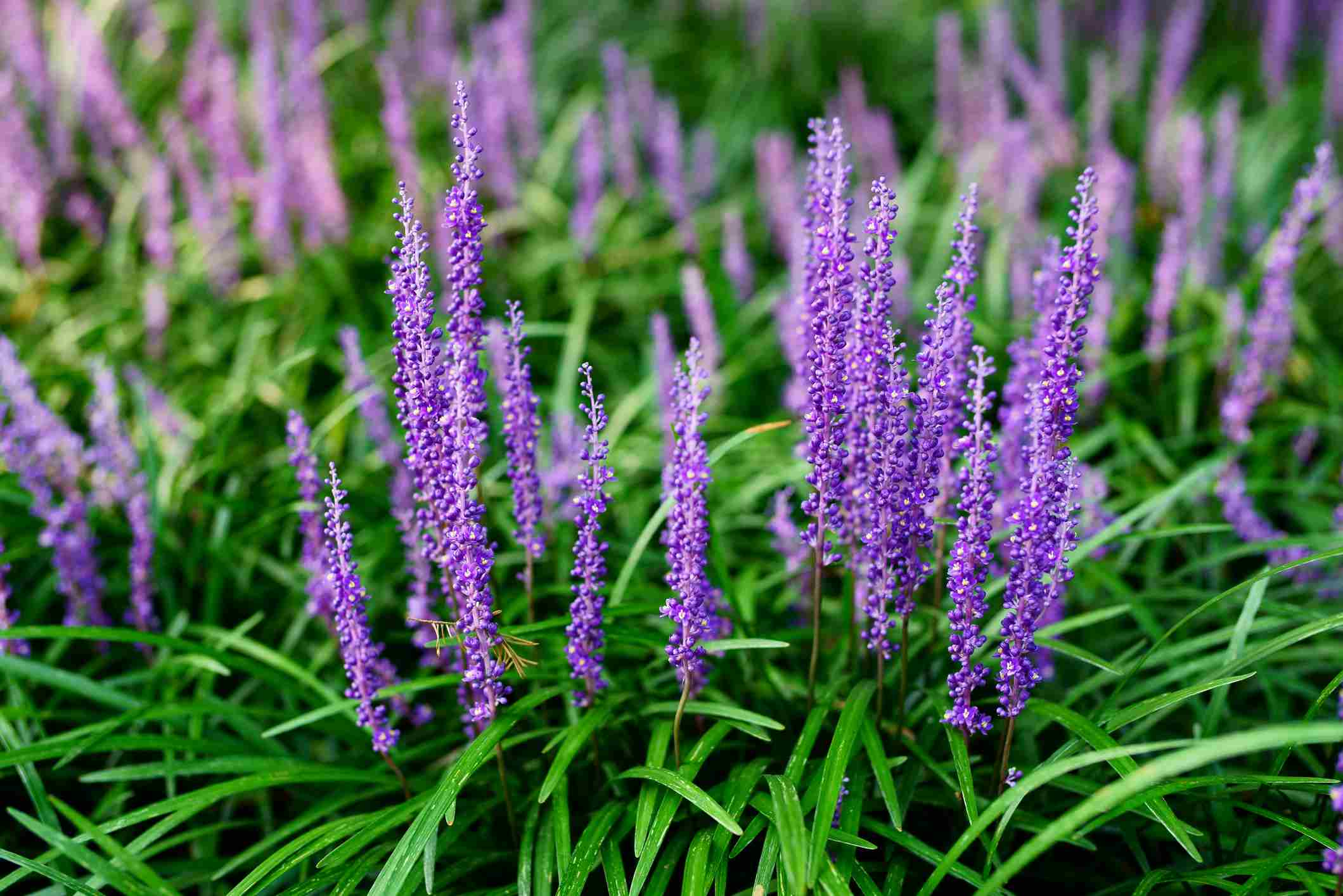


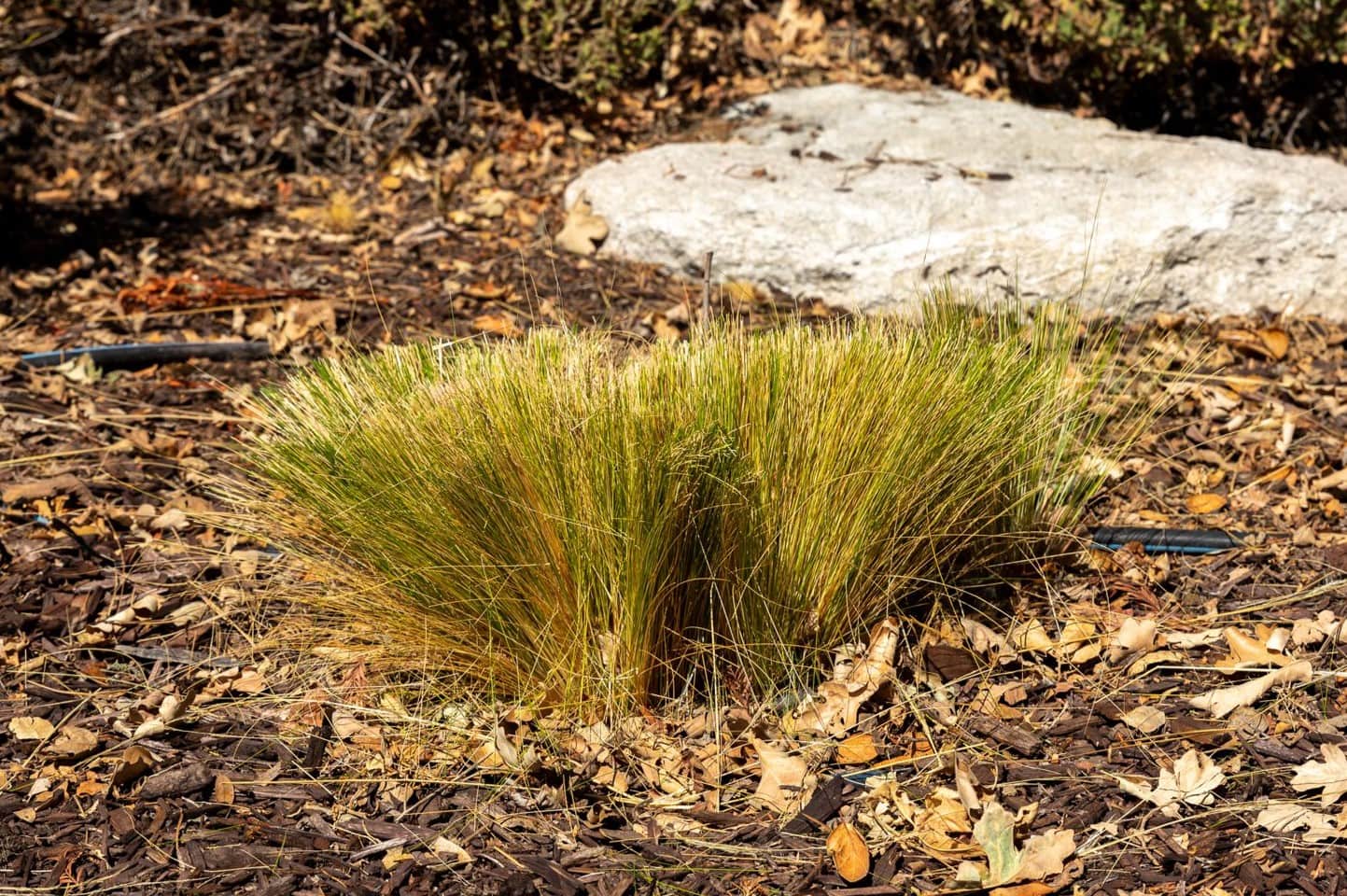
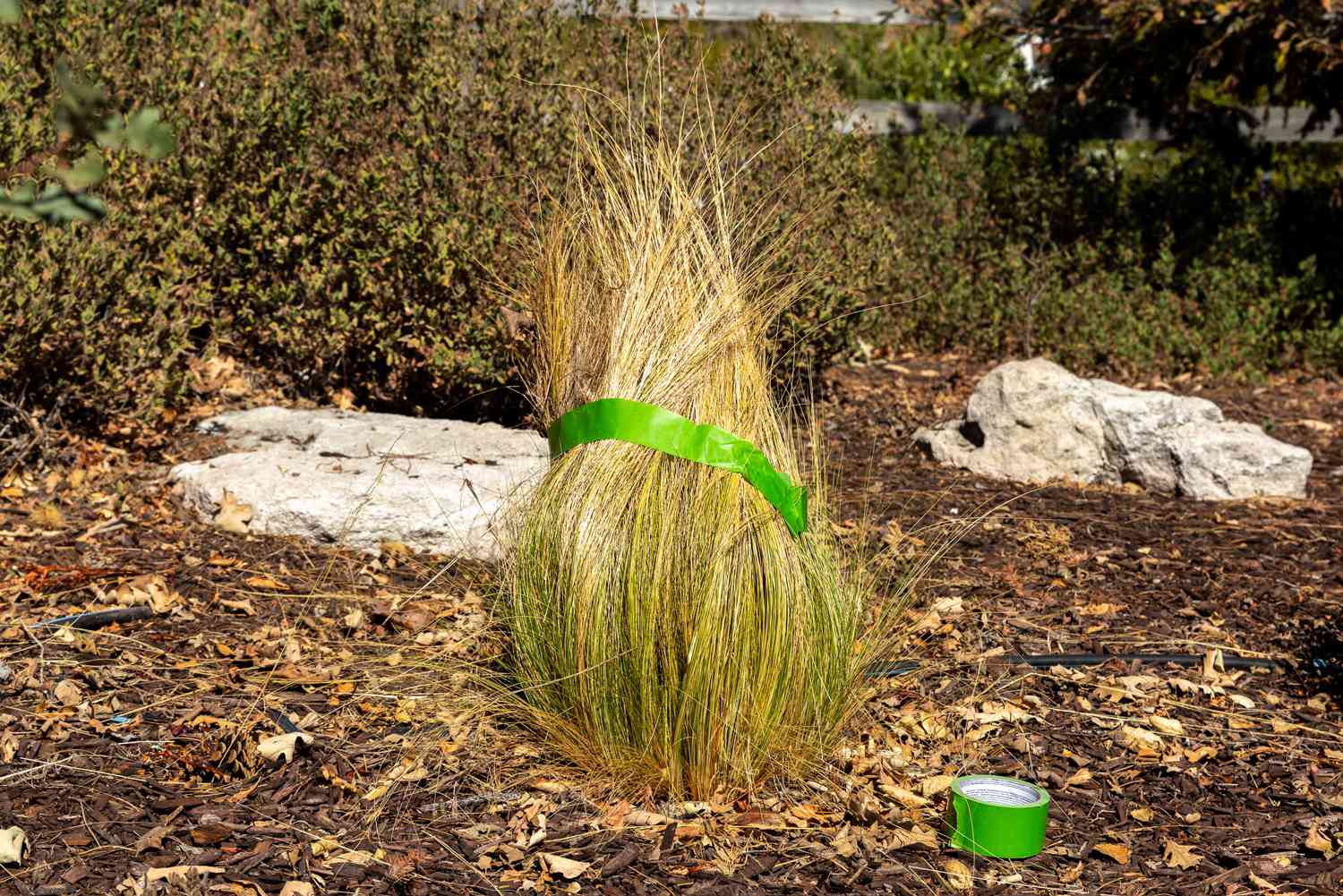
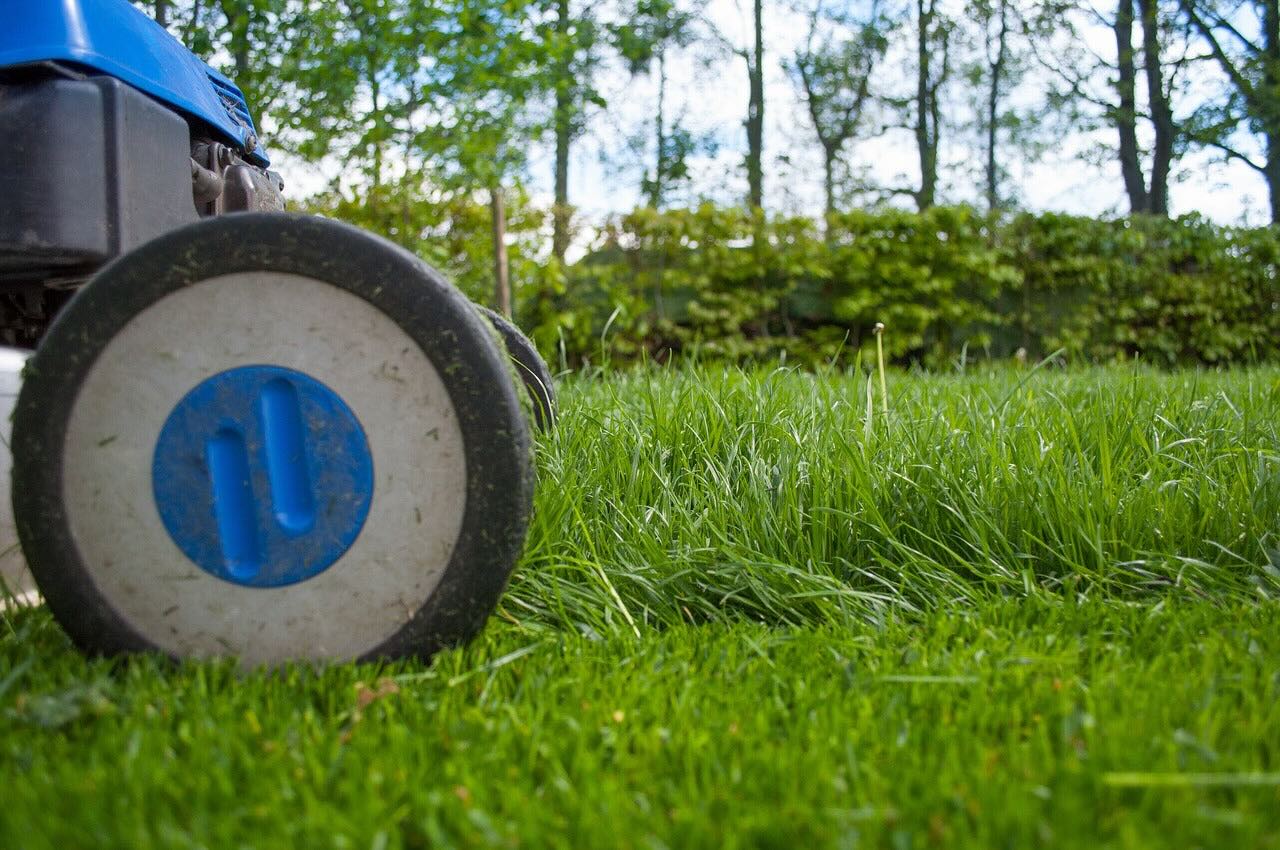
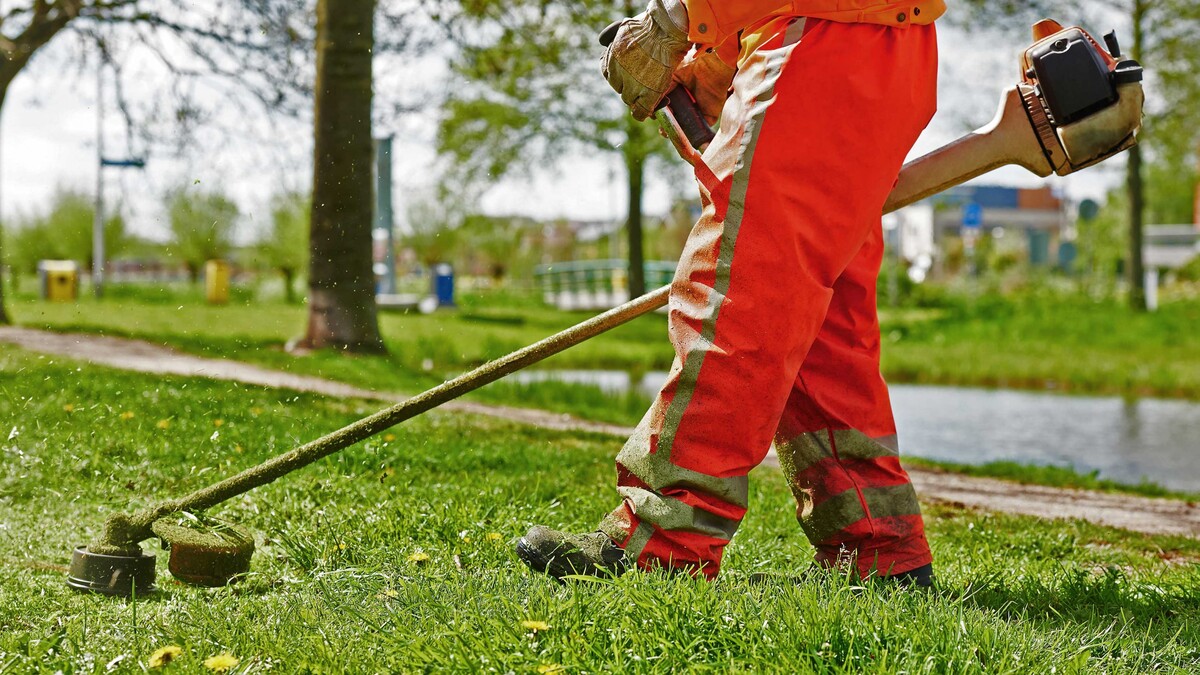
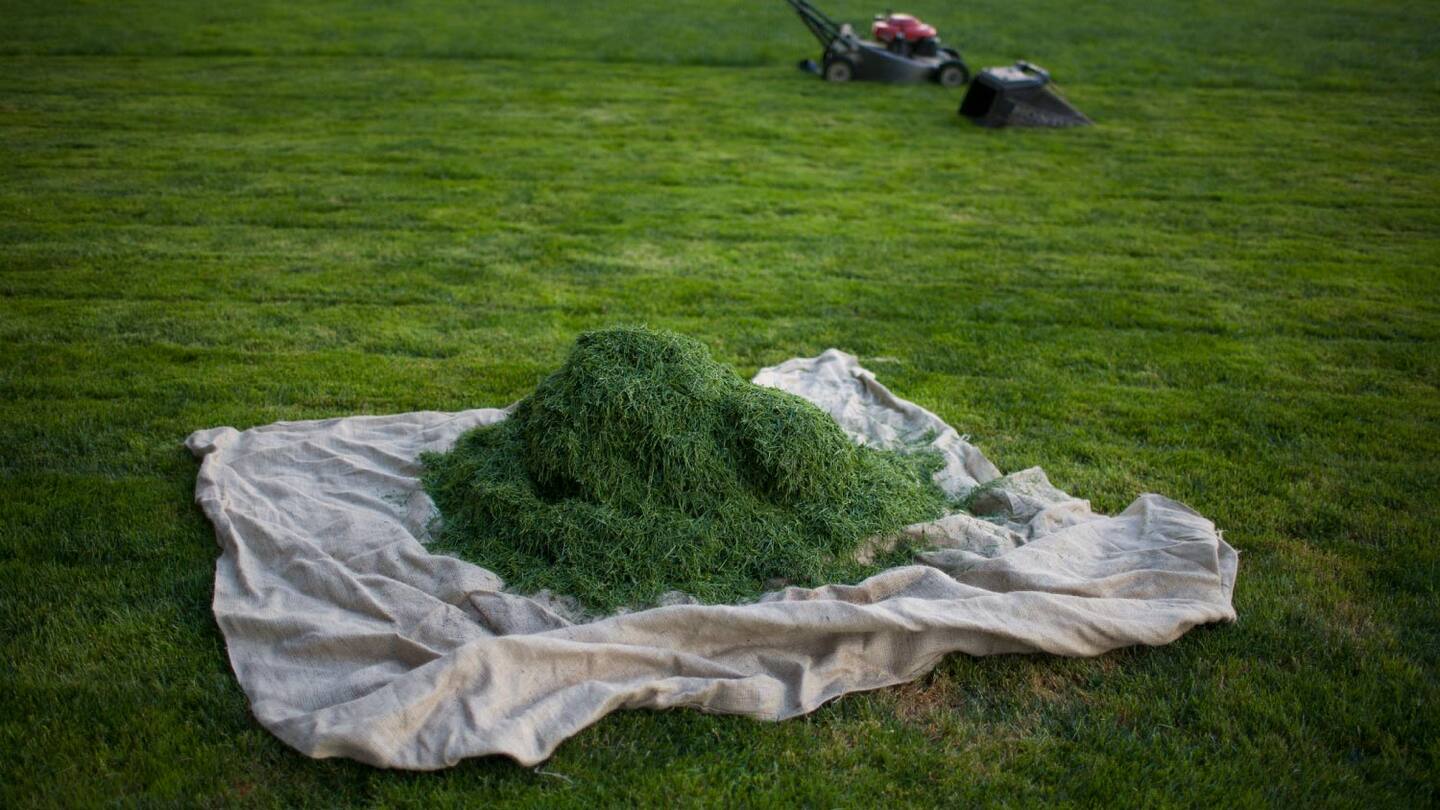
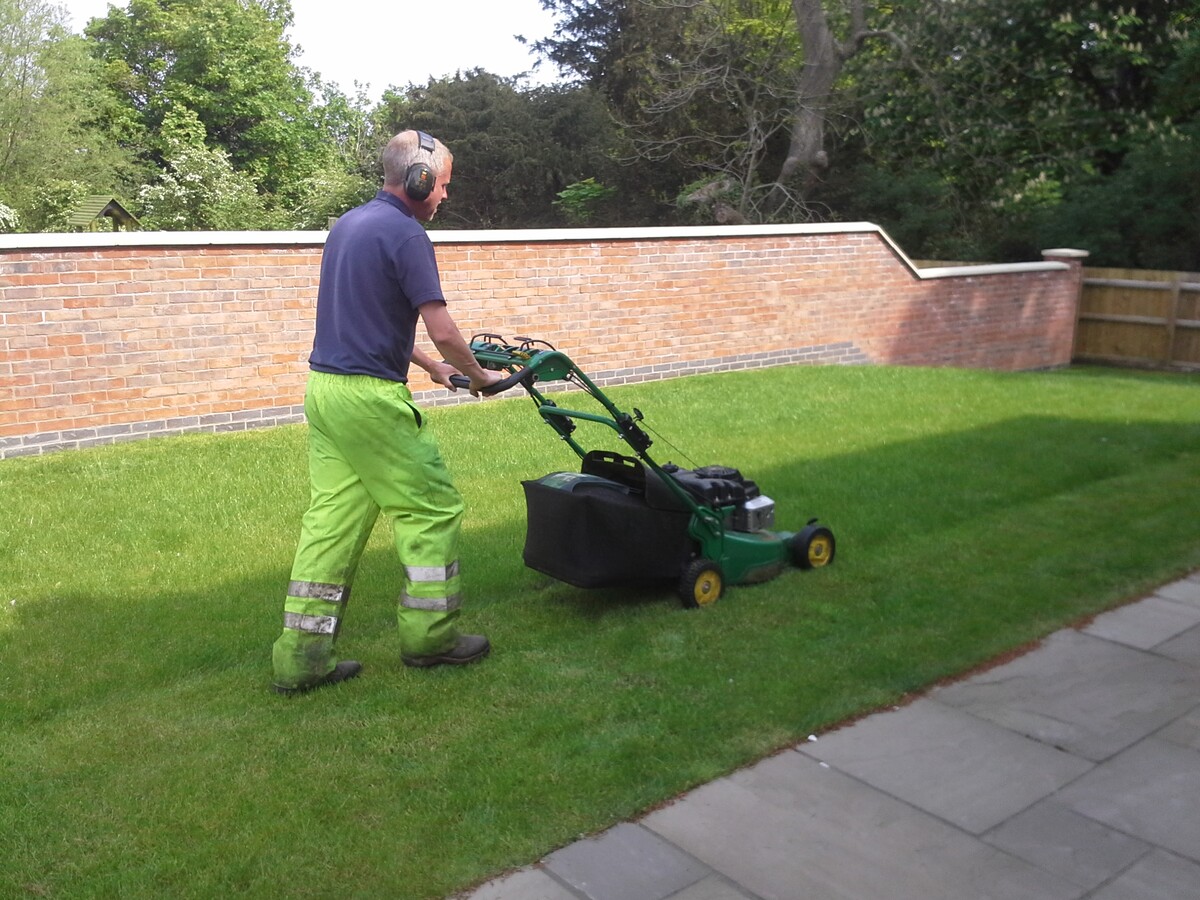
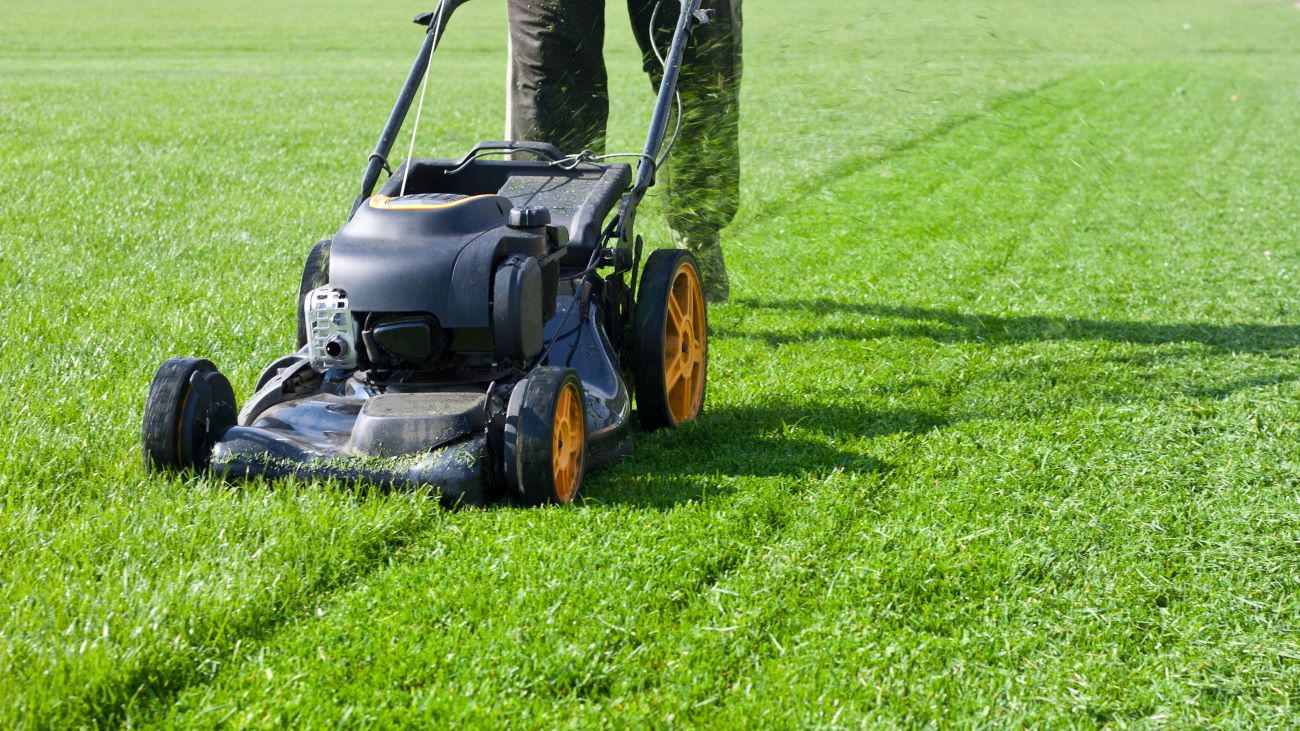
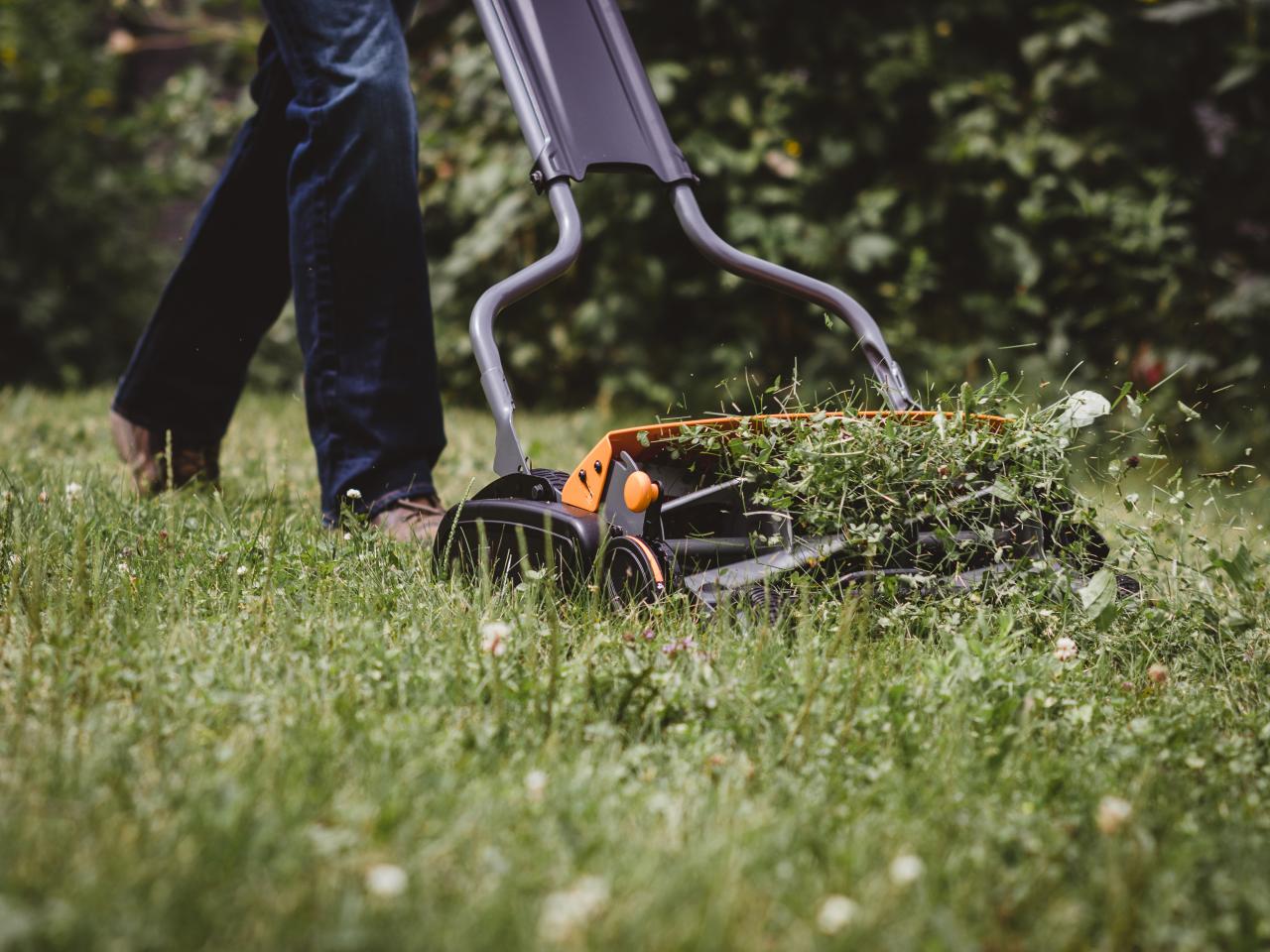
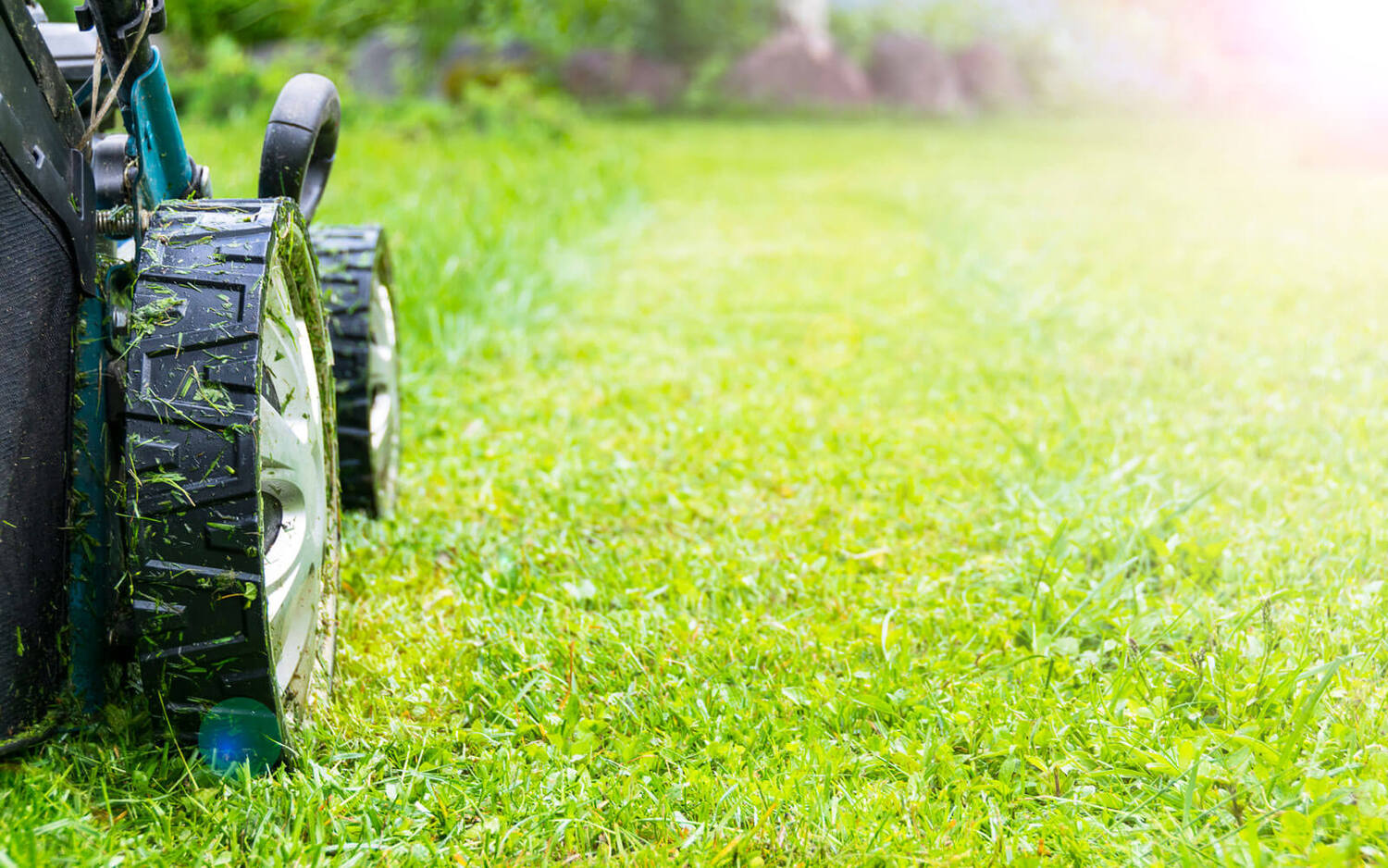



0 thoughts on “How To Maintain Optimal Grass Length And When To Cut It”